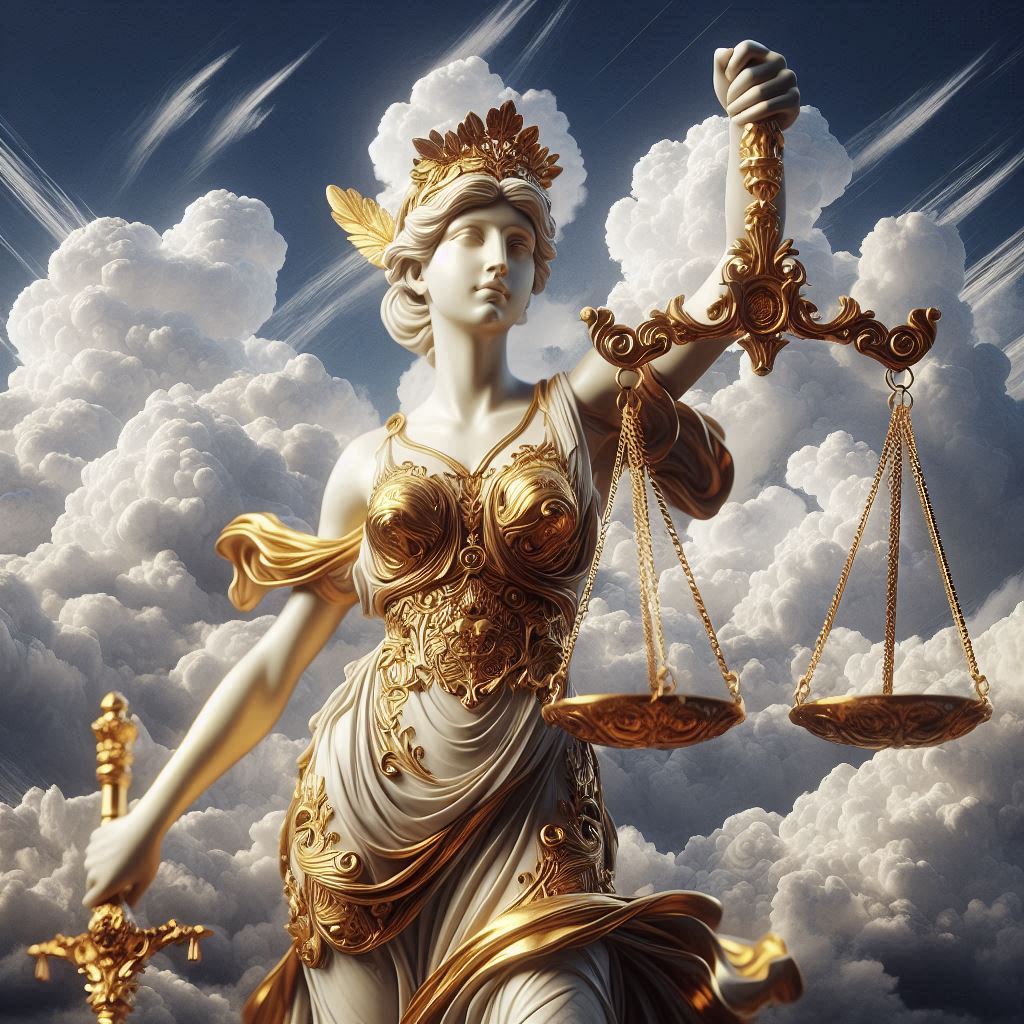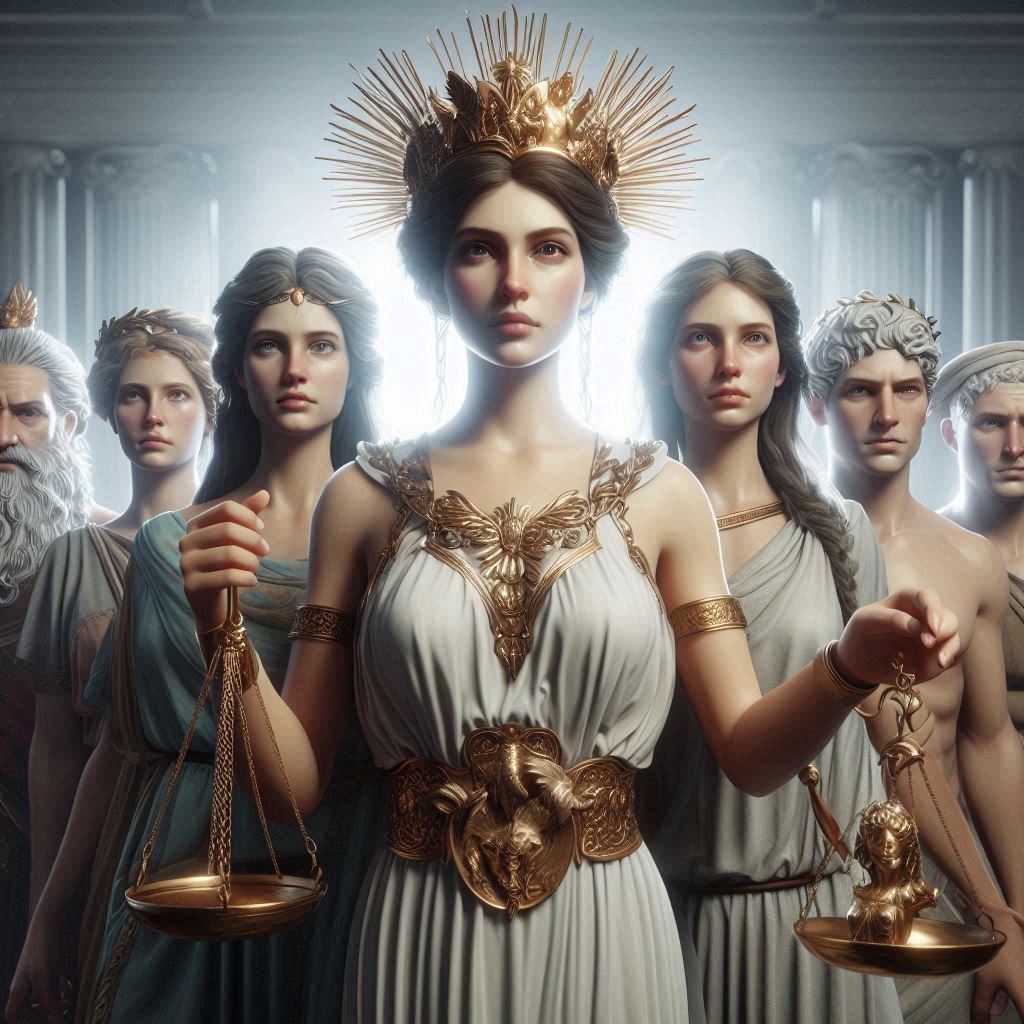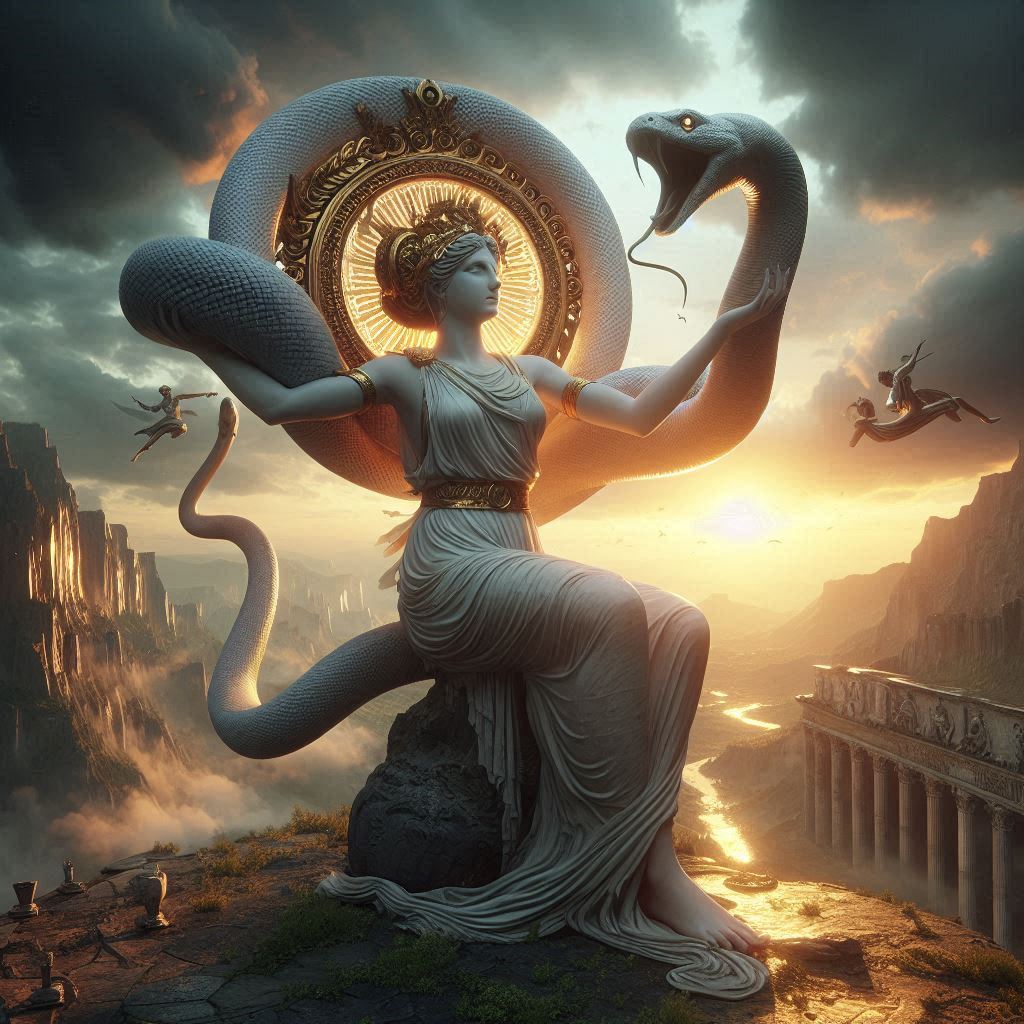Table of Contents
The Big Sleep: A Defining Work of Hardboiled Noir Fiction
Raymond Chandler’s The Big Sleep (1939) is a seminal work in hardboiled detective fiction, introducing the world to Philip Marlowe, one of literature’s most enduring private investigators. Set in the morally ambiguous landscape of 1930s Los Angeles, the novel weaves a complex tale of blackmail, murder, and deception, exposing the corruption beneath the veneer of wealth and power. Chandler’s sharp prose, intricate plotting, and cynical worldview revolutionized the detective genre, moving it away from the genteel whodunits of the past into grittier, more psychologically complex territory. This essay explores the novel’s themes, characters, stylistic innovations, historical context, and lasting influence, demonstrating why The Big Sleep remains a cornerstone of American literature.

Plot Overview
The novel opens with Philip Marlowe being summoned to the opulent Sternwood mansion, where the elderly General Sternwood hires him to deal with a blackmailer targeting his wild younger daughter, Carmen. What begins as a straightforward case quickly spirals into a convoluted web of crime, involving the disappearance of a family confidant, a pornographic bookseller, a gambling kingpin, and multiple murders.
Key plot points include:
- Marlowe’s discovery of a nude photograph of Carmen, implicating her in a scandal.
- The murder of Arthur Geiger, a bookseller involved in blackmail.
- The mysterious disappearance of Rusty Regan, General Sternwood’s son-in-law.
- The interference of Eddie Mars, a ruthless gangster with ties to the Sternwoods.
- The eventual revelation that Carmen killed Regan in a fit of psychotic rage.
Chandler famously admitted that even he wasn’t sure who killed one of the victims (the chauffeur, Owen Taylor), highlighting the novel’s deliberate moral and narrative ambiguity. Rather than detracting from the story, this confusion reinforces the novel’s central theme: in a corrupt world, justice is rarely clear-cut.
Themes and Analysis
1. Corruption and Moral Decay
The Big Sleep presents a world where institutions—law enforcement, the wealthy elite, and the criminal underworld—are all compromised. The police are either inept or corrupt, the rich (like the Sternwoods) hide dark secrets, and criminals like Eddie Mars operate with impunity. Even Marlowe, though morally upright compared to those around him, must navigate this world through deception and occasional violence.
Chandler critiques the illusion of respectability, particularly through General Sternwood, a dying patriarch whose wealth cannot protect his family from self-destruction. His daughters, Vivian and Carmen, embody different facets of moral decay: Vivian is manipulative and calculating, while Carmen is emotionally unstable and dangerous.
2. Isolation and Alienation
Marlowe operates as a lone wolf, distrustful of both criminals and authority figures. His isolation reflects the novel’s broader theme of alienation in modern society. Unlike classic detectives who rely on logic and allies, Marlowe survives through intuition and personal code, often finding himself at odds with everyone around him.
3. Sex, Power, and Exploitation
Sexuality in The Big Sleep is often linked to power and danger. Carmen Sternwood’s nymphomaniac tendencies make her both a victim and a predator, while Vivian uses her allure to manipulate Marlowe. The novel’s treatment of women has drawn criticism—female characters are frequently femme fatales or helpless victims—but this reflects the misogynistic undercurrents of both the genre and the era.
4. The Illusion of Justice
Unlike traditional detective fiction, where order is restored by the story’s end, The Big Sleep offers no neat resolution. Marlowe solves the case but chooses to cover up Carmen’s crime to spare the dying General Sternwood further pain. This morally ambiguous ending underscores Chandler’s belief that true justice is often impossible in a corrupt world.
Character Analysis
Philip Marlowe: The Hardboiled Antihero
Marlowe is the archetypal hardboiled detective: cynical, quick-witted, and governed by his own moral code. Unlike the polished detectives of classic mysteries, he is a working-class hero who operates in a world of violence and deceit. Key traits include:
- Moral Complexity: He bends the law when necessary but refuses to be bought or intimidated.
- Isolation: He has no real friends or allies, emphasizing his role as an outsider.
- Cynical Humor: His sharp, sarcastic dialogue serves as both defense mechanism and social critique.
Vivian and Carmen Sternwood: Femme Fatale and Damsel in Distress
- Vivian Sternwood is intelligent, manipulative, and deeply involved in her husband’s disappearance. She represents the dangerous allure of wealth and power.
- Carmen Sternwood is infantilized yet predatory, her instability making her a liability. Her final breakdown reveals the destructive consequences of unchecked privilege.
Eddie Mars: The Criminal Entrepreneur
Mars is a sophisticated gangster who thrives in the gray areas of the law. Unlike traditional villains, he is pragmatic rather than purely evil, embodying the novel’s theme of systemic corruption.
Literary Style and Innovations
1. Hardboiled Prose
Chandler’s writing is taut, vivid, and often lyrical. His descriptions of Los Angeles—”the city of fallen angels”—paint a picture of a place where beauty and decay coexist. Memorable lines like “I was neat, clean, shaved and sober, and I didn’t care who knew it” exemplify Marlowe’s dry humor and self-awareness.
2. First-Person Narration
Marlowe’s voice is central to the novel’s impact. His cynical observations and introspective moments create intimacy with the reader while reinforcing his isolation.
3. Nonlinear Storytelling
The plot unfolds in a fragmented, almost dreamlike manner, mimicking the confusion of real detective work. Unlike Agatha Christie’s neatly tied-up mysteries, Chandler’s narrative embraces chaos.
Historical and Cultural Context
Written during the Great Depression and Prohibition-era crime waves, The Big Sleep reflects anxieties about:
- Urban decay and the rise of organized crime.
- Distrust of authority (post-Depression, pre-WWII America).
- The dark side of the American Dream, where wealth breeds corruption rather than happiness.
Chandler’s background as an oil executive turned writer also informs his critique of capitalist excess.
Critical Reception and Legacy
Initially praised for its fresh voice, The Big Sleep has since been recognized as a literary classic. Criticisms include:
- Plot holes (e.g., the unresolved chauffeur murder).
- Gender stereotypes (women are either femme fatales or victims).
- Moral ambiguity, which some readers found unsatisfying.
However, its influence is undeniable:
- Film Noir Adaptations: The 1946 Howard Hawks film, starring Humphrey Bogart, cemented its place in noir history.
- Literary Impact: Inspired writers like Dashiell Hammett, James Ellroy, and modern crime authors.
- Cultural Iconography: Marlowe became the blueprint for hardboiled detectives in media.
Conclusion
The Big Sleep endures because it transcends genre conventions, offering not just a mystery but a scathing critique of society. Through Marlowe’s eyes, Chandler exposes a world where power corrupts, justice is elusive, and survival requires both toughness and moral compromise. Its complex characters, atmospheric prose, and unflinching cynicism ensure its place as a masterpiece of American literature. Nearly a century after its publication, The Big Sleep remains as gripping and relevant as ever, proving that the best detective fiction does more than entertain—it reveals the darkness beneath the surface.


No responses yet